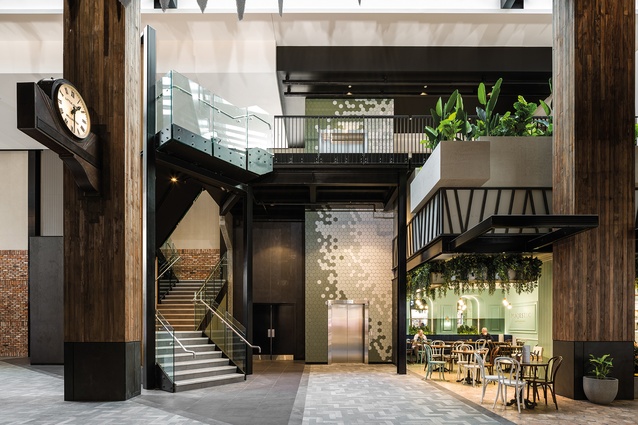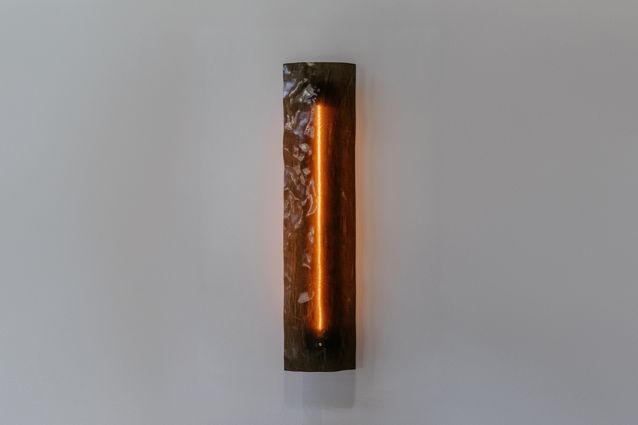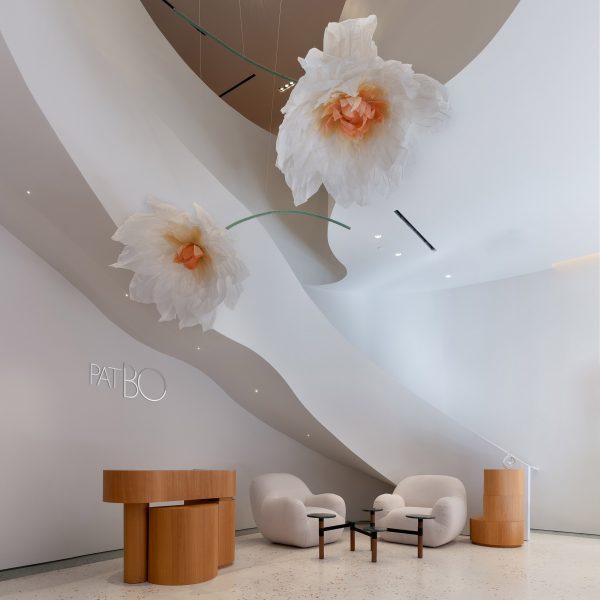The recently unveiled Design Trust Chicago will coordinate the work of Chicago’s activist designers, placing community, racial equity, and social justice ahead of for-profit, developer-led agendas.
Publicly announced in November, the Design Trust was founded by Katherine Darnstadt of Latent Design, and Elle Ramel and Paola Aguirre of City Open Workshop, a nonprofit focused on growing collaboration between designers, community partners, and policymakers. The founders say it will institutionalize the numerous but scattered pro-bono efforts happening across the city, filling a gap left by the dissolution of Archeworks, the activist design school founded by Stanley Tigerman and Eva Maddox.
Ramel said she and her co-founders started the Design Trust with the hope that they could leverage greater influence and resources just by formalizing what was already a close-knit group of friends and colleagues: “Could we take this sort of thing, where we pick up the phone and call our friends, and have it be more known for different institutions—like a restaurant association or the Sierra Club—that this design space is available?”
Darnstadt’s Latent Design and Aguirre’s Borderless Studio focus on underrepresented communities and deep neighborhood engagement make them something of a model for the new design center. “If you’re reaching out to us and we can’t help you on a project, there’s no one we could refer [you] to,” said Darnstadt. She wants the Design Trust to be this one-stop referral.
Over the summer, while Chicago and much of the country was inflamed with uprisings against racist police violence, Darnstadt and her colleagues were in the early stages of planning the Design Trust. They wanted to build an institution that could meet inequalities in the built environment proactively, instead of backpedaling with ambiguous social media posts of support. “When we start to see the forcefulness of people’s social media advocacy not square [up] against their professional practice advocacy or their internal structures, it’s something we take to heart as founders,” says Darnstadt. Much more substantively, but no less improvised and reactive, this summer Aguirre pivoted much of her design practice toward working with community groups to convert a shuttered Perkins+Will Modernist elementary school (that’s been the focus of much of her work) into a food distribution hub on Chicago’s South Side.

The effort was transformative for Borderless and in many ways successful, but it also demonstrated that such pro-bono endeavors stretched the limits of the lone and ethical designer, carving out time to meet critical needs at the margins of their for-profit design practice. “We keep burning ourselves out, doing all this work pro-bono,” Aguirre said. “We’re all trying really hard without having the platform to do it.” Pro-bono work, she added, “doesn’t do much for the architecture and design industry, other than compromising resources.”
The pro-bono urge to fulfill community goals is “valiant and absolutely necessary, but it ends up being a very singular project mode of solving a problem, which doesn’t set up something to scale appropriately,” agreed Darnstadt. But Aguirre hopes a permanent platform with dedicated staff and consistent funding sources means that this sort of work can be “a little bit more sustainable.” As such, the Design Trust’s greatest potential is to widen the scope of design in Chicago, moving closer to dealing with systemic inequalities in the built environment.
With 2021 set as the Design Trust’s kickoff year, its first initiatives will overlap with the next edition of the Chicago Architecture Biennial (CAB). With a focus on collective and regenerative uses for disused lots in Chicago, the event will be a natural partner for aiding the Design Trust in its mission, said CAB interim executive director Rachel Kaplan. Pandemic-imposed travel limitations in part forced the biennial to fan out its programming—typically condensed within a dense three-month period—over the course of the calendar year, while also reinforcing the local focus.
“We’re really focused on being in the city, in the neighborhoods, and thinking about opportunities for collective design engagement,” said Kaplan. “We don’t have the capacity to transform an entire city and build out every single vacant lot. But how can we create tools, resources, and build networks, and continue to engage with these different community groups and organizations, such as the Design Trust, as they’re doing that work on the ground?”

The Design Trust’s first built project will be the Little Village Mercadito. Here, working with the Little Village Chamber of Commerce, the Design Trust will examine how a plaza in the Latinx neighborhood of Little Village might host a small market that will centralize the informal vendors that sell their wares all down 26th St., the main east-west thoroughfare in the area.
Darnstadt said that she hopes to have a board assembled by the first half of 2021 and that the board and the entire organization will be interdisciplinary and open to all manner of designers. Funding for full-time staff is already in hand, she said, though the founders aren’t disclosing the names of the initial funders yet.
Beyond garnering grants and money from individual funders, Darnstadt expects funding the Design Trust derives from its design services to grow over time. A key difference between the Design Trust and a typical architecture firm is that the former’s nonprofit status means that, with supplemental grant funding, it will have more independence in choosing clients who would otherwise struggle to hire designers.
It’s not about a “pure, capitalist agenda,” said Ramel. In most developer-led projects, “community is a fun layer you add on top, like sprinkles,” she said. “Having a neutral space where design can be discussed without the ROI would be great, because of a lot of times, design is always paired with ROI, and it doesn’t necessarily have to be.”
“There’s an increased need for advocacy, and a lack of fear to be a design activist within this space,” said Darnstadt. “When you’re in a capitalist design system, you’re afraid of current and future clients. What does design advocacy mean when it’s not only about the design of structures, but it’s about the design of the systems? That’s where we can push a little bit further, or challenge whoever we collaborate with, employ, or help grow do the same thing.”











